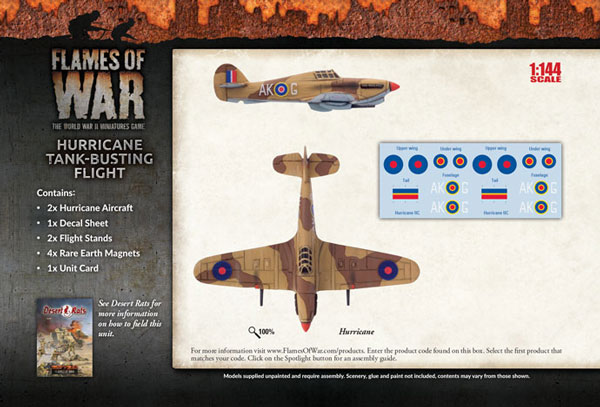

The complete design was presented to the Air Ministry on 4 September. The design was reworked with the PV.12, following detailed work working drawings of the "Interceptor Monoplane" were begun in May 1934. Īn outline of the "Fury Monoplane" armed with two guns in the wings and two in the nose and powered by the Goshawk was prepared and discussed with Roger Liptrot of the Air Ministry in December 1933. Mason attributes Camm's discussions with figures within the RAF, such as Squadron Leader Ralph Sorley, as having provoked the specification and some of its details, such as the preference for armaments being installed within the wings instead of within the aircraft's nose. Earlier, during 1933, British aircraft designer Sydney Camm had conducted discussions with Major John Buchanan of the Directorate of Technical Development on a monoplane based on the existing Fury. In 1934 the British Air Ministry issued Specification F.5/34 in response to demands within the Royal Air Force (RAF) for a new generation of fighter aircraft. At the time, there was an institutional reluctance towards change within the Air Staff some senior figures were prejudiced against the adoption of monoplane fighter aircraft, while mid-level officers were typically more open-minded. By the end of production in July 1944, 14,487 Hurricanes had been completed in Britain and Canada, with others built in Belgium and Yugoslavia.ĭuring the early 1930s, when Hawker Aircraft company developed the Hurricane, RAF Fighter Command had just 13 squadrons, equipped with the Hawker Fury, Hawker Demon, or the Bristol Bulldog, all biplanes with fixed- pitch wooden propellers and non-retractable undercarriages. Some were converted as catapult-launched convoy escorts. Versions designed for the Royal Navy known as the Sea Hurricane had modifications enabling operation from ships. The Hurricane was developed through several versions: bomber-interceptors, fighter-bombers, and ground support aircraft as well as fighters. The aircraft was relied on to defend against German aircraft operated by the Luftwaffe, including dogfighting with Messerschmitt Bf 109s in multiple theatres of action. The Hurricane was rapidly procured prior to the outbreak of the Second World War in September 1939, when the RAF had 18 Hurricane-equipped squadrons in service. Its manufacture and maintenance were eased by using conventional construction methods so that squadrons could perform many major repairs without external support. The Hurricane went into production for the Air Ministry In June 1936 and entered squadron service in December 1937. The Air Ministry ordered Hawker's Interceptor Monoplane in late 1934, and the prototype Hurricane K5083 performed its maiden flight on 6 November 1935. Despite an institutional preference for biplanes and lack of interest from the Air Ministry, Hawker refined their monoplane proposal, incorporating several innovations which became critical to wartime fighter aircraft, including retractable landing gear and the more powerful Rolls-Royce Merlin engine. The Hurricane originated from discussions between RAF officials and aircraft designer Sir Sydney Camm about a proposed monoplane derivative of the Hawker Fury biplane in the early 1930s. It was overshadowed in the public consciousness by the Supermarine Spitfire during the Battle of Britain in 1940, but the Hurricane inflicted 60 percent of the losses sustained by the Luftwaffe in the engagement, and fought in all the major theatres of the Second World War. for service with the Royal Air Force (RAF). The Hawker Hurricane is a British single-seat fighter aircraft of the 1930s–40s which was designed and predominantly built by Hawker Aircraft Ltd.


 0 kommentar(er)
0 kommentar(er)
